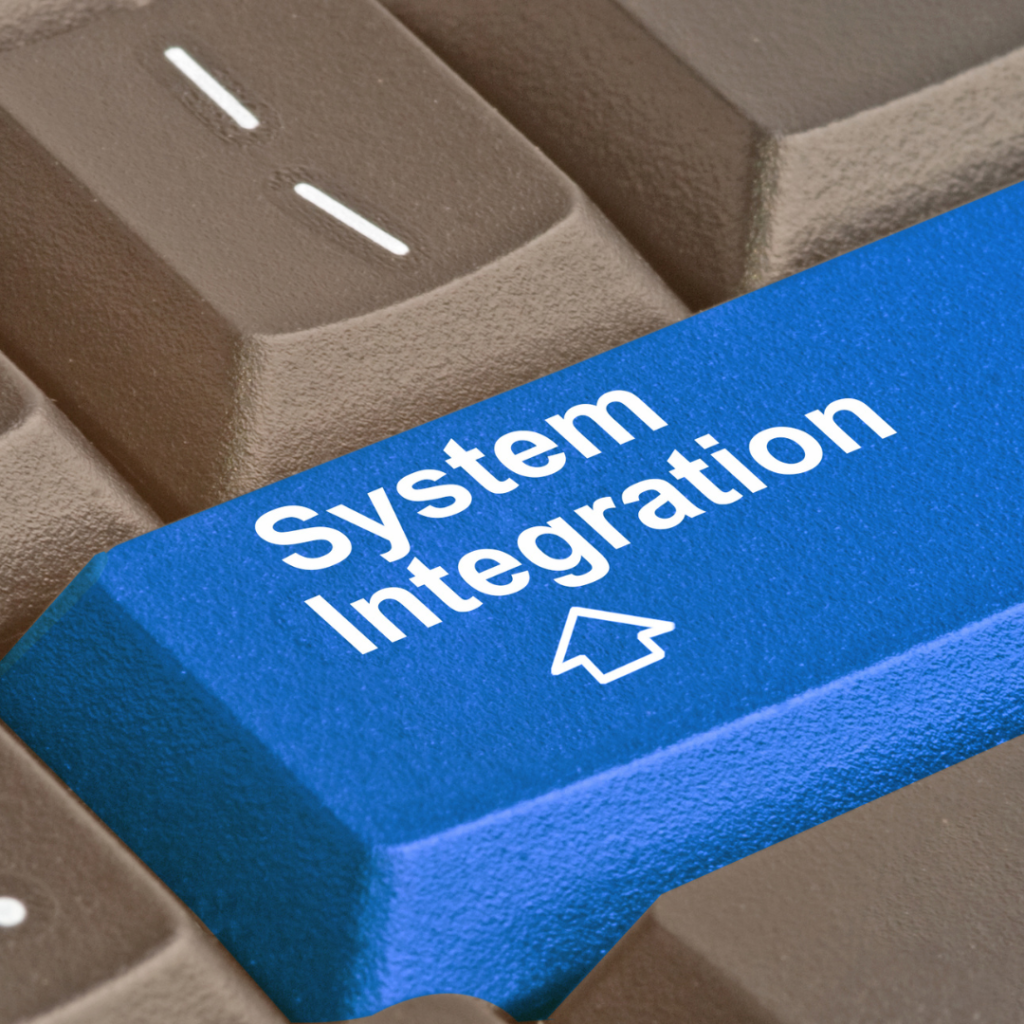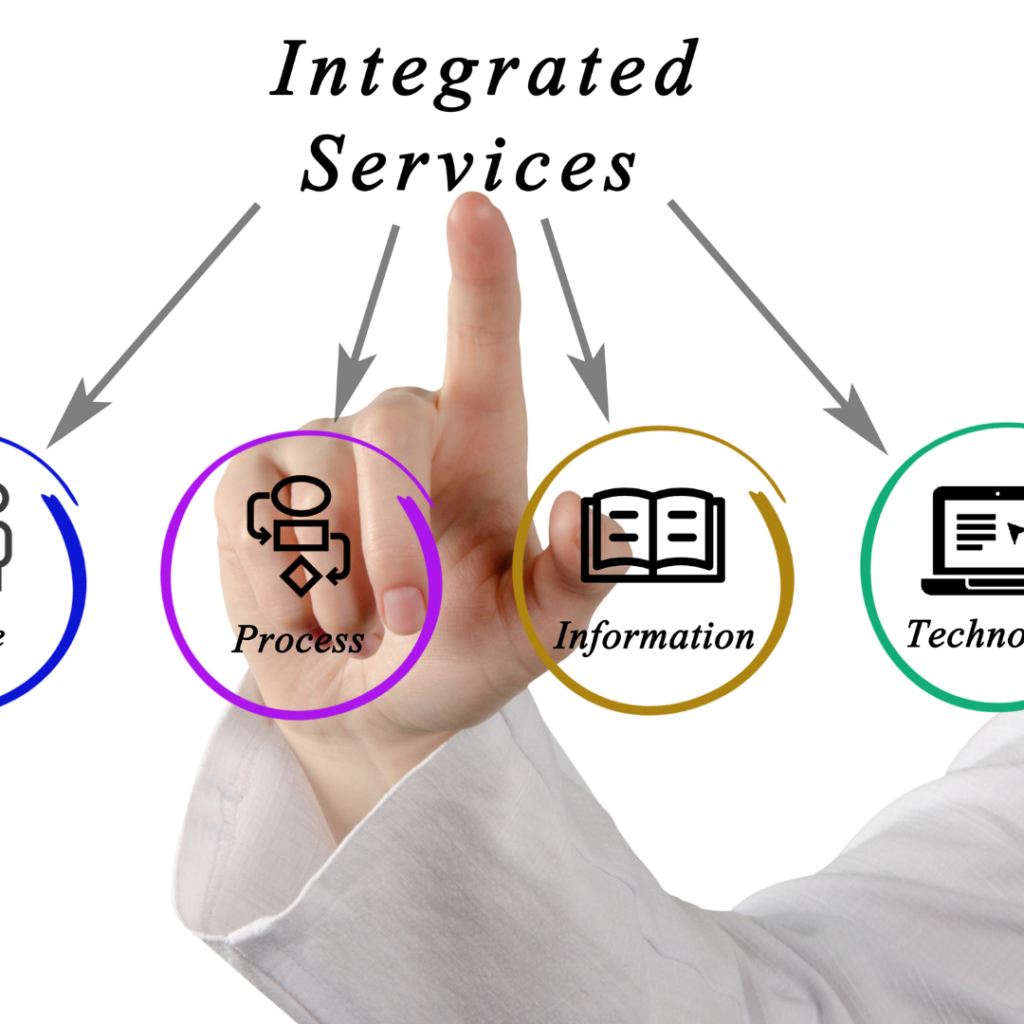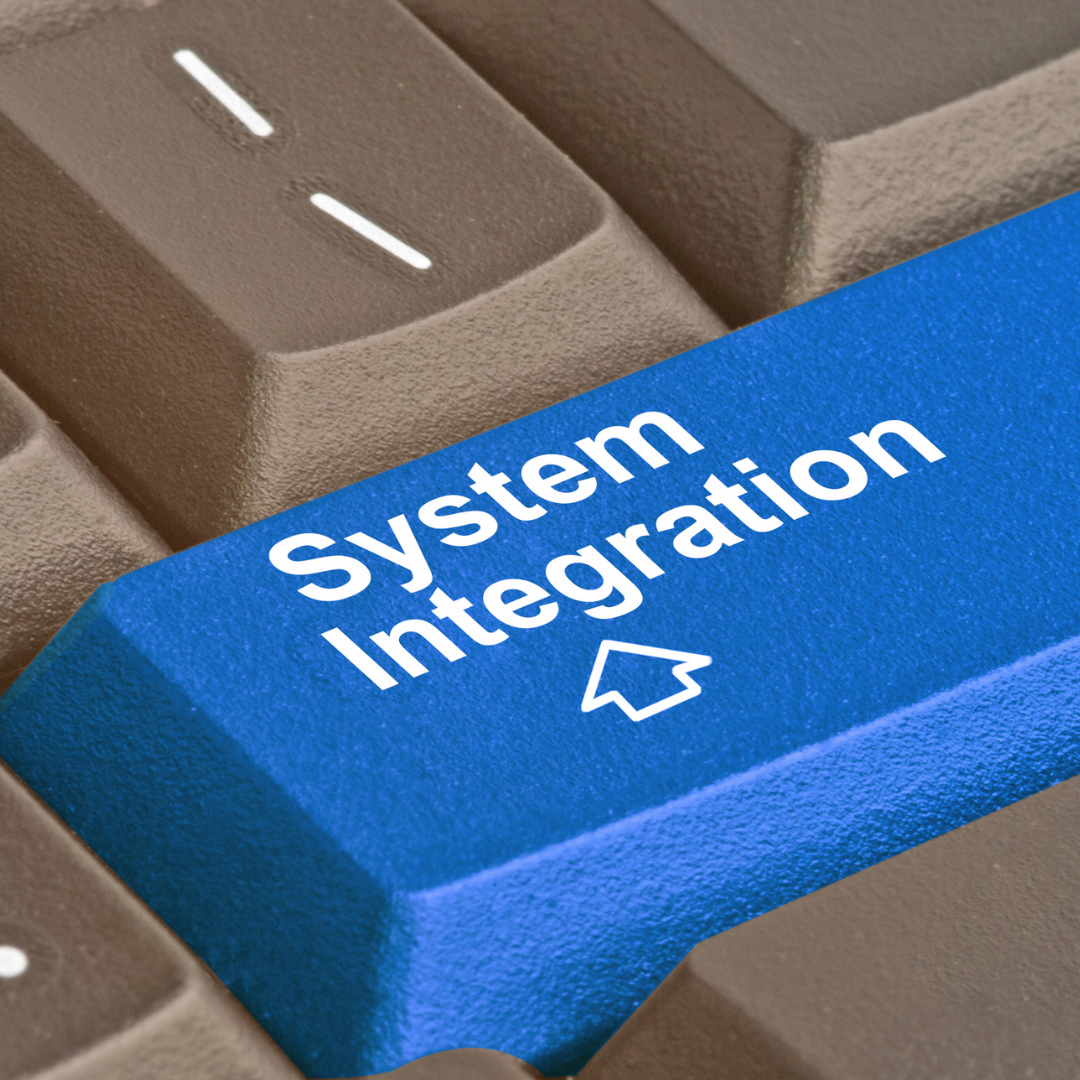Is SAP CPI worth it?

Want to make your business run smoother and boost productivity with hassle-free connections? SAP CPI is your go-to solution. Known fully as SAP Cloud Platform Integration, it’s a top-tier service that hooks up your business systems, software, and data safely and efficiently. An analysis by TechValidate found that SAP CPI customers reported an average return on investment of 220%, with a payback period of less than 10 months.
Through this detailed guide, we’ll take you step by step through SAP CPI. You’ll learn the basics, dive into how to tackle complex connecting tasks, and hear stories of businesses that succeeded with it.
Understanding the Basics of SAP CPI
The SAP Cloud Platform Integration, or SAP CPI, is like a digital bridge that connects different business apps, whether they live on your company’s own servers or on the internet. Think of it as a superpower that helps companies keep their digital world organized and running smoothly. According to SAP, their Cloud Platform Integration suite (which includes CPI) has seen triple-digit year-over-year growth since its launch in 2017.
With SAP CPI, companies can automate tasks and make sure information flows easily from one program to another. This means everything works better together, making businesses run more efficiently and helping different software get along.
At its core, SAP CPI is packed with ready-to-use connections, tools for mapping data, and ways to check on how things are running. These features make it simpler to connect different apps and customize how they share information. Imagine being able to adjust how your apps talk to each other, so everything works just the way you need. This isn’t just about hooking up systems; it’s about making repetitive tasks automatic, which can make a company more flexible and quick to respond.
SAP CPI is built to be flexible and grow with your business, no matter the size or industry. It supports different ways of connecting systems, both in real-time and delayed, to suit all kinds of needs. Whether you’re exchanging data right away or setting up complex automated tasks, SAP CPI can handle it, pushing your company into the future of tech. A survey by Aberdeen Group found that companies using an iPaaS solution like SAP CPI have 40% higher revenue growth compared to those using traditional integration methods.
When companies use SAP CPI, they’re not just making things easier; they’re opening doors to new ways of being efficient and innovative. The platform is designed to be user-friendly, requiring little to no coding, so companies can quickly take advantage of what SAP CPI offers. This puts them in a great position for growth and staying ahead in a digital-first world.
Key Features That Set SAP CPI Apart

SAP CPI stands out in the crowd of tech platforms designed to make businesses run smoother and smarter. It’s got a knack for adapting – think of it as the tech equivalent of a chameleon, changing to meet the demands of businesses, big or small, in any sector.
This ability to scale and flex is critical in today’s quicksilver business world, allowing companies to pivot quickly to meet market shifts or internal needs, dodging the bullet of heavy-duty tech overhauls.
Security with SAP CPI is like a bank vault for data. In a time when data leaks can torpedo a company’s reputation and finances, SAP CPI steps up with military-grade security measures. It’s built to shield vital data every step of the way, reassuring everyone involved that the information highway is more like a secure convoy.
On the front of keeping operations smooth, SAP CPI is a bit like mission control. It keeps an eye on the data flows, ready to spot and fix problems before they cause havoc. This ensures that business processes hum along without a hitch, building trust in SAP CPI as the go-to for keeping things running without a glitch. In a case study, luxury fashion brand Tory Burch used SAP CPI to integrate over 10 different systems and saved over $1 million annually in operational costs.
SAP CPI is also a master of connections, with a toolbox filled with ready-to-go connectors, mapping tools, and a low-code approach that makes it easier for businesses to hook up complex systems without breaking a sweat. It’s about making sure different parts of a business can talk to each other effortlessly, supporting a unified digital pulse across the organization.
In short, SAP CPI shines by offering a secure, adaptable, and straightforward platform packed with all the right tools to tackle the twists and turns of managing business tech. Its dedication to keeping things flexible, secure, operationally sound, and easy to manage makes it a cornerstone for companies stepping into the digital future.
How SAP CPI Enhances Business Processes

The SAP Cloud Platform Integration (SAP CPI) is changing the game for businesses by making their operations smoother and more efficient. Imagine not having to manually type in data ever again. That’s what SAP CPI offers.
It automates the transfer of information between different systems, which means fewer mistakes and more time for your team to work on what really matters. This setup keeps your data fresh and reliable, making sure you’re always ready to make quick, smart decisions and adapt to what’s happening in the market.
One of the coolest parts about SAP CPI is how it handles data instantly. This means you can see what’s happening in your business right at this moment and make decisions based on that. No more waiting around for reports. This quick access to data helps you jump on opportunities faster and solve problems before they blow up. SAP has reported that CPI can handle up to 6 million messages per hour, making it a scalable option for large organizations.
SAP CPI also makes everyone’s job easier by connecting different parts of your business in a way that makes sense. It’s like making sure all your apps and systems are speaking the same language, which means work gets done faster and more smoothly. No more getting stuck because one system can’t talk to another. It’s about keeping the flow of work steady and avoiding those frustrating roadblocks that slow everyone down.
And it’s not just about making things run better on a daily basis. SAP CPI also helps your business grow. By making operations leaner and giving you the insights to make smart moves, it opens up chances for your business to innovate and reach new heights. Plus, it’s built to grow with you, so no matter how big your dreams are, you won’t be held back by tech issues.
So, SAP CPI is basically your behind-the-scenes hero, making sure everything in your business runs smoothly, your team can focus on big-picture ideas, and your company keeps moving forward.
The Technical Nitty-Gritty: Under the Hood of SAP CPI

Exploring the inner workings, SAP CPI is built on a microservices architecture. This means it’s agile and sturdy, much like building a structure with blocks that can be individually placed, removed, or swapped without affecting the rest.
Each part of SAP CPI can grow or adjust independently, making it a breeding ground for constant improvement and stability. The platform is a jack-of-all-trades, handling everything from immediate messages to scheduled batches of data, proving its adaptability to various needs.
At its heart, what makes SAP CPI stand out is its user-friendly approach and tools that are a breeze to use. These features are designed to cut down on complex coding, opening the doors for developers at all skill levels to contribute. This inclusivity speeds up the project timeline and flattens the steep learning curve often associated with such platforms.
Further, SAP CPI isn’t just about linking A to B. It’s about making those connections smarter and smoother. The platform is a whiz at managing intricate data tweaks and navigating through multi-step tasks effortlessly. This allows companies to weave complex digital narratives that fit their specific demands. It plays well with various systems and apps, like SAP S/4HANA, Salesforce, and Microsoft Azure, ensuring businesses can customize their integration playbook as needed.
With its microservices backbone, straightforward design, and robust linking abilities, SAP CPI provides a solid base for companies looking to simplify their digital journeys. It’s the behind-the-scenes champion, streamlining operations, bettering data exchanges, and fueling innovation securely.
Getting Started with SAP CPI: Your First Steps

Diving into SAP Cloud Platform Integration (SAP CPI) is easy and gives you quick access to essential integration tools. To get started, organizations can sign up for a no-cost trial, giving them a peek into a rich set of resources.
This support pack includes step-by-step guides for beginners on setting up and integrating, thorough explanations on every part of the platform, and active forums for both newbies and pros to exchange ideas, help each other out, and talk about what works best.
This first step is only the start. With its user-friendly interface, SAP CPI lets organizations create their first integration workflows without needing deep technical knowledge. The platform is built so that anyone can start using it confidently right away, with pre-made templates and industry-standard practices making the whole process smoother and quicker from idea to real-world application.
This smooth start is matched by powerful design tools in SAP CPI, enabling users to craft, launch, and oversee integrations effectively. Whether you’re looking to link cloud apps, weave together business operations, or unify data across different tech environments, SAP CPI offers a well-organized yet adaptable approach to meet these goals.
For companies aiming to boost their operational effectiveness and kickstart digital innovation, stepping into SAP CPI is a big move towards those goals. With its wealth of resources and intuitive design, businesses can quickly go from beginners to skilled integrators, fully equipped to face today’s digital challenges with confidence.
Advanced Integration Scenarios in SAP CPI

In today’s digital age, companies often run into situations that need complex solutions for connecting different technologies. SAP CPI is a powerhouse ready to tackle these challenges, helping businesses not just reach but surpass their goals for bringing different systems together.
Take data transformation, a tricky area, for example. SAP CPI shines here by easily changing data from various formats so that they work well together. This is especially helpful for companies dealing with outdated systems or those undergoing digital upgrades. It means important information can be properly shared and used throughout a company.
Consider also how SAP CPI handles multi-step tasks that need several steps and choices along the way. It’s like having an expert assistant for automating and streamlining complex tasks in areas such as supply chain, customer service, and finance. SAP CPI allows companies to set up these tasks to run smoothly and adjust as needed, keeping up with new market trends or company changes without a hitch.
Let’s not forget about IoT (Internet of Things) integration. As companies increasingly use IoT to improve how they operate and interact with customers, having a strong integration tool is essential. SAP CPI is great for this, managing the flood of data from IoT devices, making sense of it all, and using it to innovate and stand out in the market.
SAP CPI’s ability to work well with many different systems, including big names like SAP S/4HANA, Salesforce, and Microsoft Azure, shows it’s a key tool for companies wanting to stay ahead in integrating new technologies. As the business landscape evolves and new technologies emerge, SAP CPI is a reliable partner, ready to simplify the complex task of connecting different digital elements.
Best Practices for SAP CPI Implementation

For a kick-ass SAP CPI project, sticking to some golden rules is key. First off, really nail down what you’re trying to hook up. It’s like knowing exactly what Lego pieces you need for your epic castle before you start building. Get into the nitty-gritty of what systems and data have to chat with each other. Make sure everyone’s clear on the project’s end game right from the jump.
Next, you gotta have a solid game plan for when things go sideways – because let’s face it, they sometimes do. Setting up top-notch error catchers and logbooks is crucial. They’re the heroes that keep your data from getting scrambled and help you spot and fix problems fast. Imagine them as your project’s guard dogs, always on the lookout for trouble.
Testing is your best friend here. Think of it like practice runs before the big game. Hit it from all angles – unit, integration, and user testing – to catch any hiccups early. It’s about making sure everything runs smooth and doesn’t fold under pressure once it’s go-time.
Keeping your data safe and playing by the rules is a big deal, especially with all the sensitive info floating around. Think of it as locking up the crown jewels. You’ll need to set up defenses against hackers and follow privacy laws to the letter. Encrypting data, controlling who gets in, and keeping detailed records are part of the drill.
Stick to these pro moves, and you’re setting yourself up for a win with SAP CPI, creating connections that aren’t just strong but smart, safe, and ready to take your biz to the next level.
Troubleshooting Common SAP CPI Challenges

Dealing with SAP CPI can feel like solving a complex puzzle, where you occasionally hit snags like mismatched data, lost connections, and slow performance. Yet, these issues don’t mean you’re at a dead end. SAP CPI is armed with tools for finding and fixing problems, making these obstacles manageable.
When data doesn’t line up, SAP CPI’s logs and alerts are like a detective’s kit, helping you spot and correct errors swiftly. If you’re struggling with connection drops, SAP CPI shines a light on the problem with its thorough connectivity tests and clear error info, helping you fix it fast.
Sluggish performance can throw a wrench in your workflow. SAP CPI’s monitoring tools act as a microscope, zooming in on the slow spots so you can speed things up. This means you can tweak exactly what’s needed for a smoother run.
Besides SAP CPI’s own toolkit, there’s a wealth of knowledge in the SAP community. It’s a bit like having a group of mentors at your fingertips, offering advice, tips, and solutions that make tackling SAP CPI challenges easier. By diving into forums and support groups, you can discover new ways to solve problems and make the most of SAP CPI.
So, even though SAP CPI can get tricky with its complex integration tasks, the platform’s built-in features and the surrounding community support arm you with everything you need to handle challenges confidently and effectively.
Future Trends: What’s Next for SAP CPI?
As we navigate deeper into the era of everything digital, SAP CPI is gearing up to adopt a path of innovation that syncs with new tech trends and business shifts. A big change coming up is integrating more Artificial Intelligence (AI) and Machine Learning (ML) into its framework.
These steps are going to change how data gets handled, making it easier and more efficient for companies to work with large amounts of information. By using AI and ML, SAP CPI will help companies predict future challenges and streamline their processes, making operations smooth and foreseeing problems before they happen.
Another area SAP CPI is focusing on is enhancing its ability to work within both hybrid and multi-cloud setups. As companies use more diverse cloud services to get different advantages, SAP CPI’s role in connecting these services becomes crucial. Improvements here will make it easier for different platforms to talk to each other, creating a more connected and flexible digital work environment.
The rise of Internet of Things (IoT) tech is another driver for SAP CPI’s evolution. With more devices and sensors becoming essential in daily business tasks, SAP CPI is improving how it deals with IoT. This means companies can easily link, oversee, and analyze data from these devices, leading to new ways to innovate and boost efficiency.
In terms of security, SAP CPI is planning to beef up its defenses against cyber attacks. With stronger encryption, better control over who can access data, and tools that help meet strict data rules, companies can rest easy knowing their data and connections are secure.
Together, these updates show SAP CPI’s dedication to remaining a top player in the tech integration field, helping businesses face the future confidently and flexibly.
Real-World Success Stories: SAP CPI in Action

SAP CPI truly stands out through real-world examples across various sectors and company sizes. These stories don’t only showcase its versatility but also its ability to drive significant improvements and innovations in how businesses operate.
Consider a healthcare provider that integrated SAP CPI. By connecting their patient care with insurance billing systems, they significantly reduced the time needed to process insurance claims. This improvement led to patients experiencing faster and more seamless services. Here, SAP CPI was crucial in enhancing healthcare operations.
Next, examine a major retailer that achieved great success by implementing SAP CPI to synchronize its online and brick-and-mortar stores. This strategy allowed them to provide personalized shopping journeys and maintain optimal stock levels, resulting in happier customers and increased sales. This example demonstrates how SAP CPI effectively bridges the gap between digital and physical retail.
A manufacturing company’s experience is another testament to change. By using SAP CPI to strengthen its connections with suppliers, the company was able to lower costs, shorten delays, and adapt quickly to changes in market demands. This scenario illustrates SAP CPI’s role in streamlining manufacturing processes to become more efficient and competitive.
These stories highlight the substantial impact SAP CPI can have on various industries, proving it’s a crucial tool in fostering digital transformation, enhancing operational efficiency, and inspiring innovation. With SAP CPI, businesses are not just evolving; they are also establishing new benchmarks for success in the digital age.


